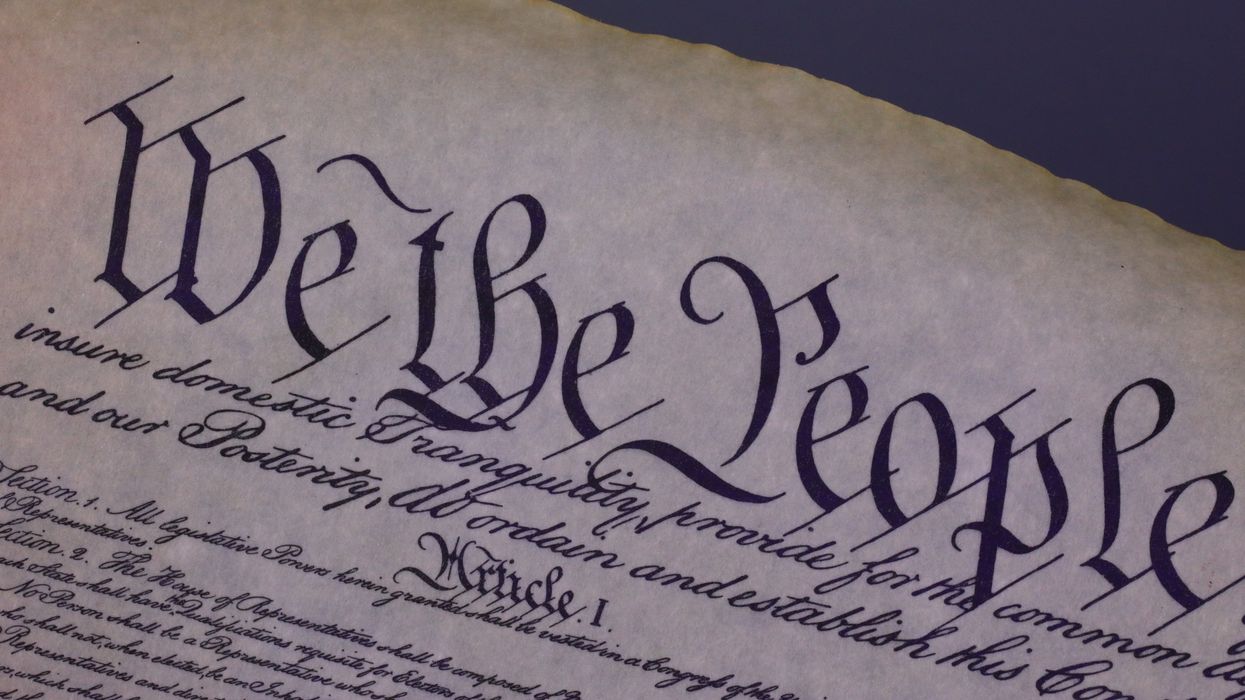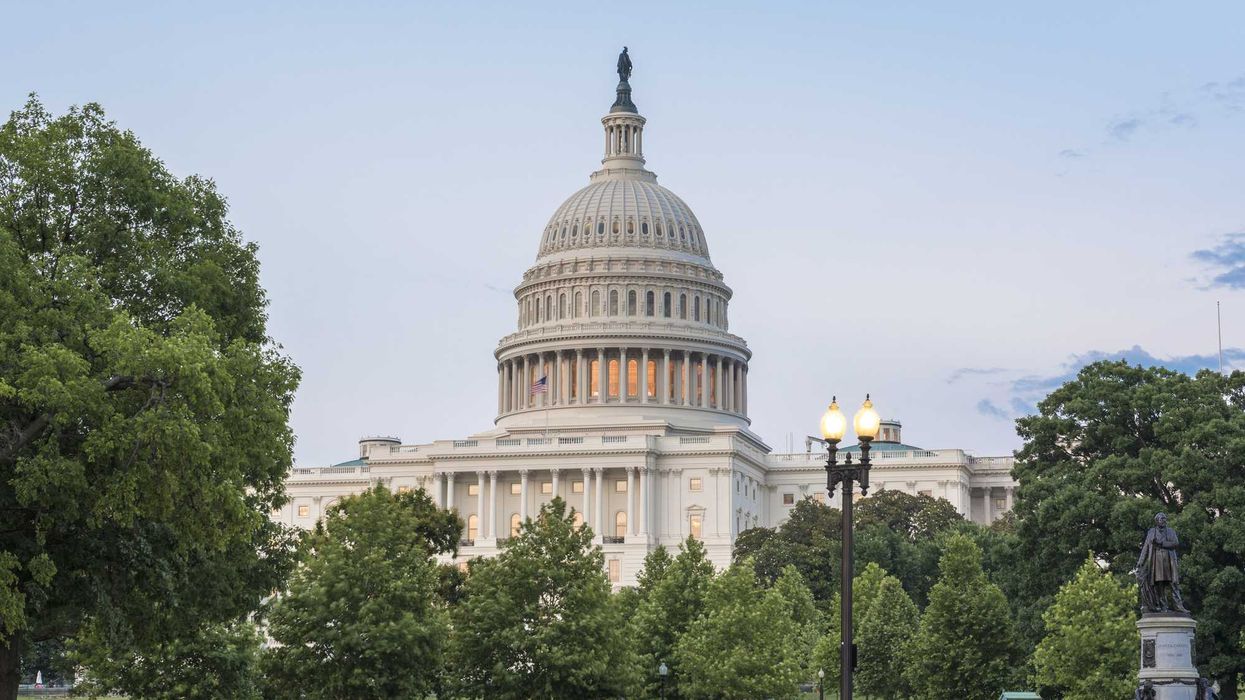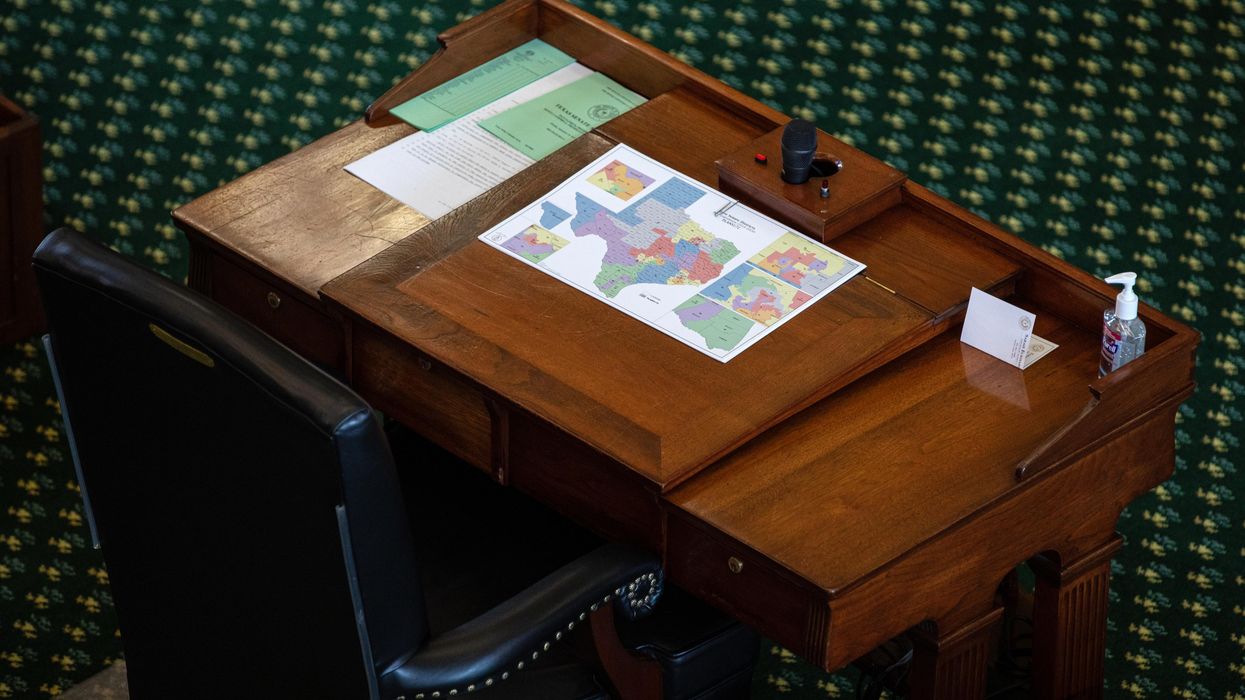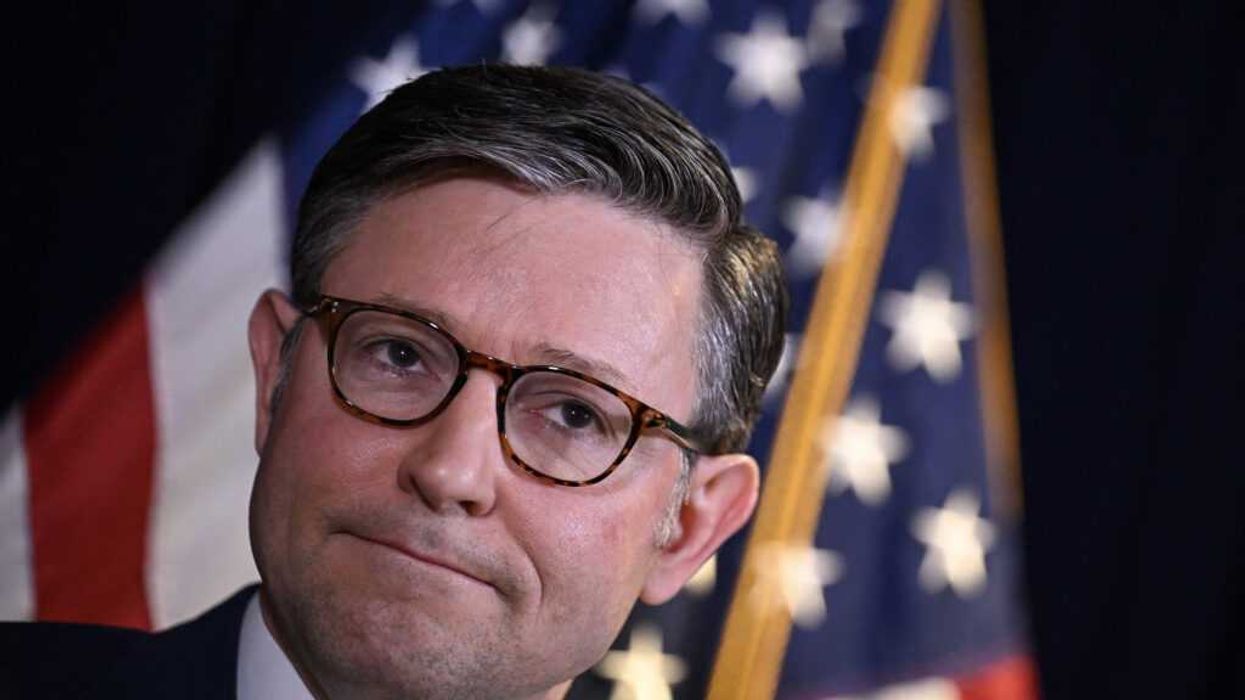This is the first of an ongoing series titled “ Cross-Partisan Visions.” It is in honor of co-publisher David Nevins' dear friend Rob Stein, who passed away in May 2022. Stein was an early architect of what he called the “Cross-Partisan vision.” He and Nevins spent countless hours thinking about how people from across traditional divides can imagine and, therefore, collaboratively implement strategies to realize their common interests and shared destinies and, in turn, build a new values-based constituency with a collective vision and a compelling new cultural and political voice.
Our Founding Fathers created a masterful document that has stood the test of time. The Constitution of the United States prescribes the principles and the rules defining the organization of our government and is the supreme law of the land.
Despite its magnificence, the Constitution does not fully address the particulars of the manner in which we, the people, are to utilize our founders' marvelous blueprint of self-governance. It offers the mechanics of government; it defines the roles of our executive, legislative, and judicial branches. Its core component, the Bill of Rights, delineates the liberties we all cherish as Americans.
However, the constitution does not consider the question of how our leadership interacts with each other and with the citizenry.
The Founding Fathers knew quite well that how our elected officials engaged with each other and the citizens would be a determining factor in the success of the great document that they had just written. As one reads the many written exchanges shared between our Founding Fathers, it becomes clear that they realized that at the very heart of democratic governance lie the rules of engagement for constructive political dialogue and debate, yet this was not clearly delineated in the Constitution.
Jefferson knew full well that democracy was born from discourse and discussion and that this discussion would be replete with differing perspectives and opinions. These brilliant men believed that ideological differences would ultimately lead to inquiry and inquiry to truth. In their writings to each other, they expressed the importance of our leaders practicing both civility and critical thinking for their Grand Experiment in Democracy to withstand the test of time.
This is what our Founding Fathers both wanted and feared as they pondered what the future would hold for the United States. Now, over 250 years later, their worst fears have come to fruition as the lack of civility and critical thinking permeates our legislative and executive branches.
Our founding fathers wanted a Democracy defined by a Constitution with a Bill of Rights for the citizenry. They were led by individuals who understood the importance of critical thinking and civility. They discussed what that meant; they considered defining it, but this major component of democratic governance was never fully addressed or defined. Perhaps, they simply ran out of time since a unified governing entity had to be formed quickly.
And that unfulfilled task, I believe, can and must be done now.
I believe We, the People, can create a document that reflects what our Founding Fathers hoped for and anticipated in terms of the nature, climate, and ethics of debate that would be employed by our elected leaders. The document I am proposing would be based on the Principles of Civil Discourse and Critical Thinking.
Let me be clear: I am not suggesting that this document be developed as an amendment to our Constitution. This document would not become the law of the land.
Instead, I am suggesting this document would be the basis of a platform for a bi- or multi-partisan political movement that would redefine what the American people would accept and expect from their elected officials. Amongst other things, the document would define the nature of an effective collaborative process that would facilitate and promote a far more solutions-based governing by Congress and by the executive branch, as well as what is needed to hold elected representatives accountable to these principles.
For the last 12 years, as chairman of the Board of the Bridge Alliance, I have worked with many people and organizations dedicated to the simple proposition that there are common-sense solutions to our national challenges and to the belief that our government should be capable of addressing those challenges successfully.
Yet despite the common bond of healthy self-governance that binds these organizations and people together, no defining constitution has been created. There is no clear mission or constitution for these many democratic reforms and bridging organizations that define common core principles.
If hundreds of organizations ever want to become a movement that builds a thriving and healthy democratic republic and fulfills its potential as a national social and political game-changer, a “Movement Constitution” needs to be agreed upon.
For true change to happen in our democratic republic, Americans must become involved and realize they have the power to bring about the change they desire, and to do so, they must have a common understanding of what is needed to effectuate this.
What might the components of that document be?
David Nevins is co-publisher of The Fulcrum and co-founder and board chairman of the Bridge Alliance Education Fund.




















